Click 👉TODAY IN HISTORY (general history) Jan. 8.
ON THIS DAY IN CONFEDERATE HISTORY, Jan. 8.
1861: Florida State Troops under Col. William Henry Chase demanded the surrender of Fort Barrancas at Pensacola. Federal Major John H. Winder (who later became a Confederate general), commanded the fort, but in his absence, acting commander Lt. Adam Slemmer ordered his 50-man contingent to fire upon the Florida troops. However, Slemmer decided the fort was indefensible had his supplies loaded on flatboats, and moved across the bay to the more defensible Fort Pickens. The Florida State troops then occupied it.
1863: Second Battle of Springfield, Mo. The battle was between Federal forces under Brig. Gen. Egbert Brown numbering 2,099, and Confederate Brig. Gen. John S. Marmaduke with 1,870 men. The Confederates attacked the Federal depot there but were repulsed. Federal casualties were 231 and Confederate, 290.
1864: Brig. Gen. John Hunt Morgan returns from captivity having made his escape and is celebrated in Richmond, Virginia.
CONFEDERATE GENERAL BIRTHDAYS, Jan. 8.
Lieutenant General James Longstreet was born on this day in 1821, in Edgefield District, South Carolina. He graduated from West Point in 1842 in the Class of 1842 ranked 54th out of 56 cadets. Longstreet served with distinction in the Mexican American War being wounded in the thigh at the Battle of Chapultepec. After that war, he served on frontier duty until 1861 when he resigned from the U.S. Army and joined the Confederate Army. Longstreet was promoted to brigadier general to date from Jun 17, 1861, then led a brigade in the skirmish at Blackburn's Ford and then the First Battle of Manassas in 1861. In 1862 he fought in the Battle of Williamsburg, Va. in the Peninsula Campaign, the Battle of Seven Pines, and the Seven Days Battles under Gen. Robert E. Lee. The Army of Northern Virginia became almost invincible under the leadership of Lee, Longstreet, and Stonewall Jackson. More victories followed at Second Manassas, Sharpsburg, and Fredericksburg at the end of the Year. In 1863, then a lieutenant general, Longstreet's Corps was absent from Lee and Jackson's great victory at Chancellorsville. Many blamed Longstreet for the Confederate loss at Gettysburg, but Lee still had faith in his "Old War Horse," and took all the blame on himself. Longstreet's Corps was sent to Georgia in 1863 and played a major role in the Confederate victory at the Battle of Chickamauga, Ga., and finished the year with a loss at the Siege of Knoxville, Tenn. In 1864, back with the ANV, Longstreet was severely wounded at the Wilderness and would be out of action until October but still with a paralyzed right arm. He fought at the Siege of Petersburg for the rest of 1864 to the end of the siege in 1865. He was with the army in the last campaign and surrendered with Lee at Appomattox on April 9, 1865. After the war, he became a Republican and served in several important positions. Longstreet died on Jan. 2, 1904, just days before his 83rd birthday. He was buried in Alta Vista Cemetery in Gainesville, Ga., where he had a farm.
Brigadier General James Holt Clanton was born in 1827 in Columbia County, Georgia. In his pre-war years, he was a lawyer and legislator and served in the Mexican-American War. Although opposed to secession, when war came, he stood with the South and became colonel of the 1st Alabama Cavalry. He served at the Battle of Shiloh, Tenn., then at smaller battles at Farmington, Miss., and Booneville. Promoted to brigadier general on Nov. 16, 1863, Clanton then served as an aide-de-camp to Lt. Gen. Leonidas Polk. He then led a cavalry brigade during the Atlanta Campaign and was in several engagements. Clanton was severely wounded on March 25, 1865, and captured at Bluff Springs, Fla. He was paroled and returned home. After the war, he resumed his law career and was killed in a shootout with an opponent on Sept. 27, 1871, in Knoxville, Tenn. where he was living. He was buried in Oakwood Cemetery in Knoxville.
Brigadier General Thomas Green was born in 1814 in Amelia County, Virginia. He moved with his family to Tennessee in 1817 and grew up there. After graduating from college in 1834, Green went to Texas in 1835 and enlisted in the Texas Army. He fought in the Battle of San Jacinto as part of the artillery on one of two guns, both called the "Twin Sisters." After the war, he went back to Tennessee to study law and then came back to Texas. As a veteran, he received a large land grant and settled in Texas where he became a prominent citizen serving in the House of Representatives and various administrative offices. In the Texas military, he served in various campaigns against the Indians and Mexican incursions. In the Mexican-American War, he raised a company of Texas Rangers and fought at the Siege of Monterrey. In the War for Southern Independence, Green was elected colonel of the 5th Texas Cavalry and led the Confederate forces to victory at the Battle of Valverde in Feb. 1862 in the New Mexico Territory. Turning his men into "Horse Marines," his cavalrymen manned the cotton-clad steamer Bayou City in helping capture the USRC Harriet Lane at the Battle of Galveston, on Jan. 1, 1863. Green then led the First Cavalry Brigade in the Bayou Teche Campaign of 1863 and was promoted to brigadier general on May 20, 1862. His cavalry helped capture a Federal detachment in the Battle of Stirling's Plantation on Sept. 29, 1863 and was elevated to command a cavalry division in the Army of Western Louisiana. He led the left wing of the army on April 8, 1864, in the great Confederate victory at the Battle of Mansfield, La. Green was killed in action on April 12, 1864, at the Battle of Blair's Landing, Louisiana. He was buried at Oakwood Cemetery in Austin, Texas.
Brigadier General John Seldon Roane was born in 1817 in Wilson County, Tennessee. A pre-war lawyer, Roane served in the Mexican-American War with the Arkansas Mounted Rifles and when the commander, Archibald Yell, was killed at the Battle of Buena Vista, he became the commander. He was elected governor of Arkansas and served from 1849 to 1852. In the War for Southern Independence, he was appointed brigadier general commanded the First Arkansas Infantry Brigade, and defended his state in several battles. He died on April 7, 1867, and is buried at Oakland Cemetery in Little Rock, Ark.
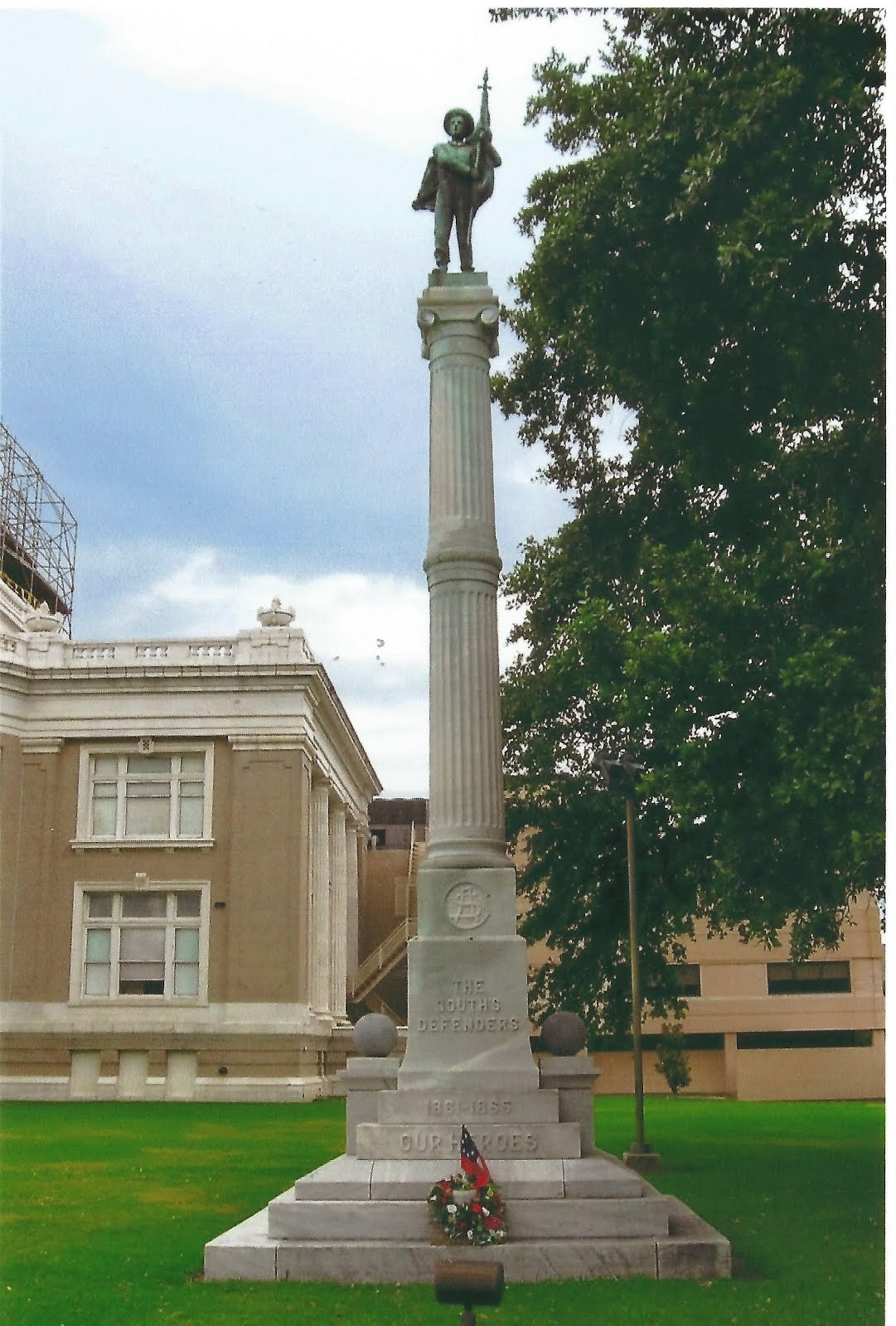







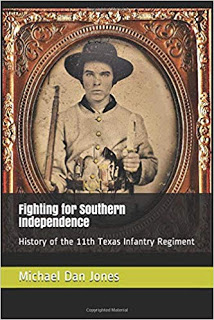
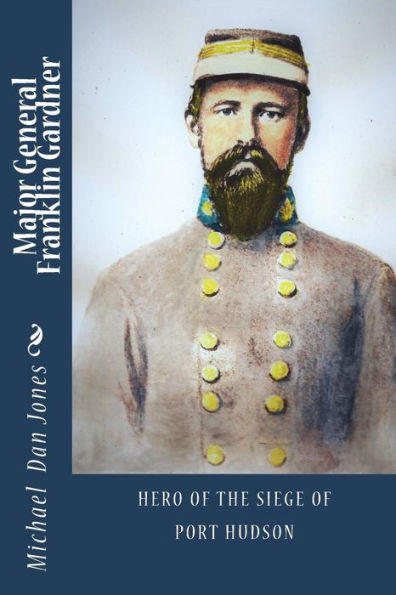




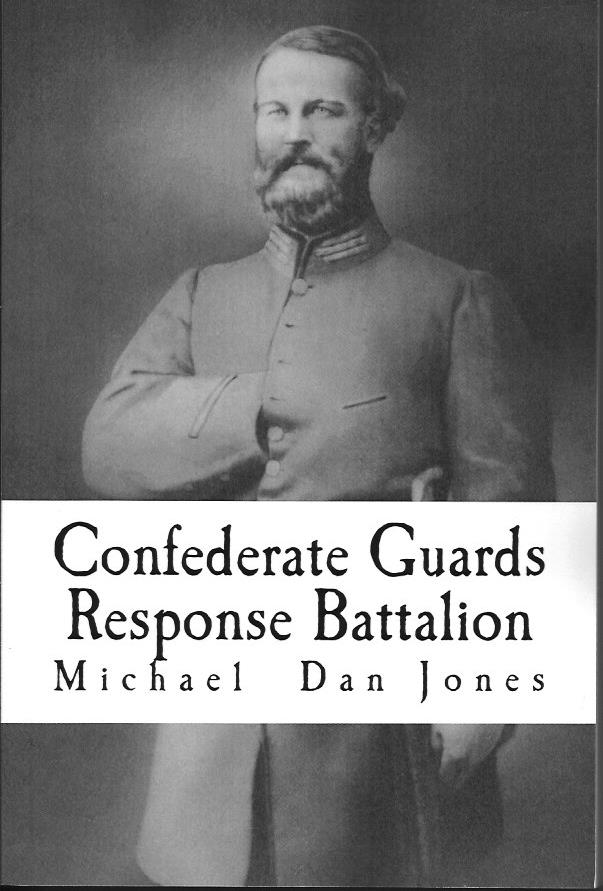
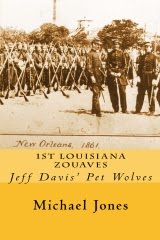

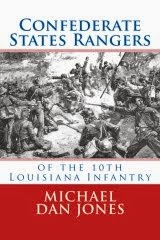



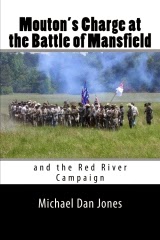
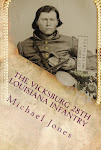
















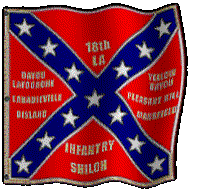
No comments:
Post a Comment